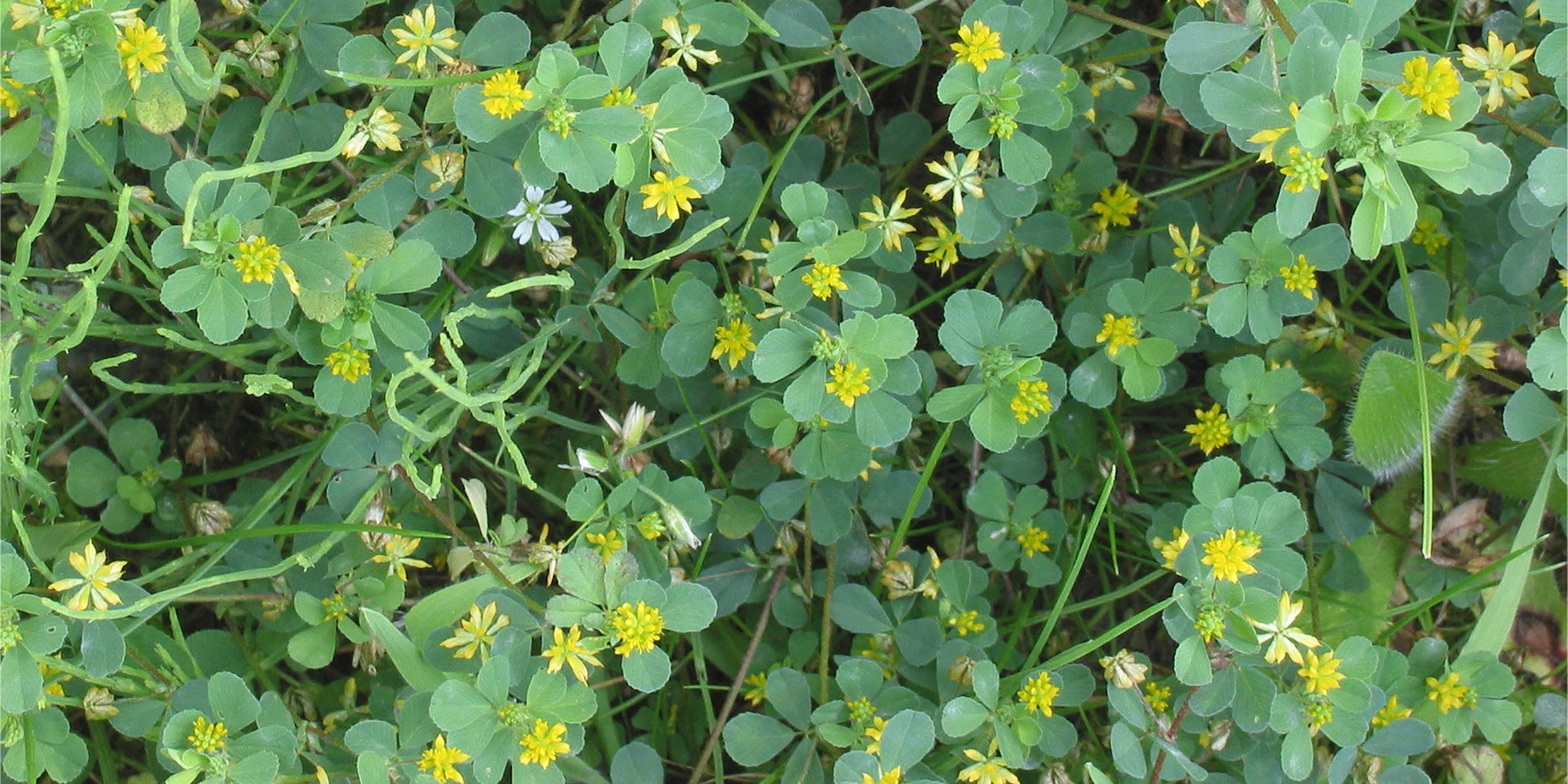Originally published 11 March 1985
March is the time for wearing of the green. Shamrocks will sprout as thick as dandelions in July. From Boston to San Francisco, from New York City to Sydney, Australia, Irish men and women will be sporting the small green emblem of the Emerald Isle.
The three-petaled shamrock has become the symbol of a nation and a race, more widely recognized than, say, the maple leaf of Canada or the fleur-de-lis of France. But what is the shamrock? Ask any Irishman and he will probably tell you that the shamrock is a nonflowering plant that grows only in Ireland. And he will tell you how Saint Patrick used the shamrock to preach the Trinity when he came to convert Ireland to Christianity in the 5th century.
Is it real?
But you will not find the shamrock in any manual of the flora of Ireland, at least not by that name. Is the shamrock, then, a real plant or only the figment of a green and fertile imagination?
In the late 19th century the Irish naturalist Nathaniel Colgan undertook to unravel the botanical mystery of the shamrock. His investigations revealed a curious history of the little plant.
According to Colgan, the word “shamrock” first appears in literature in Edmond Campion’s Historie of Ireland, published in 1571. Campion asserts that the plant is used as food by the poor Irish. For the next century, every reference to the shamrock presents the plant solely as a bread-stuff or food-herb of the Irish, probably so used only in times of famine or scarcity of grain. In 1680, an Oxford physician attributed the strength and agility of the Irish to their shamrock diet.
Colgan found no evidence that the shamrock was used as food any later than 1682. It was at about the same time that the shamrock made its first appearance as a badge or symbol of Ireland and the Irish.
In the records of the 17th century, the shamrock is variously identified as the wood-sorrel or as one of the other of the meadow trefoils, the purple and white clovers of the modern botanist. Colgan believed it likely that the trefoils are the correct historical identification.
In Colgan’s day, as no doubt presently, there were more than one claimant to the title of “true shamrock.” Colgan solicited samples of the “true shamrock” from people in all parts of Ireland. He received plants from 20 counties. He grew the plants to the flowering stage and identified them. There were 19 specimens of the white clover, 12 of the lesser trefoil, two of the purple clover, and two of the spotted medick. The wood-sorrel had not a single supporter.
Apparently, Colgan’s correspondents were able to recognize the shamrock only in the month of March. From every county the naturalist was told that the shamrock never flowers. But all of the contenders are in fact flowering plants. It can be concluded that after Saint Patrick’s Day past, no further notice is taken of the plant.
Common in Europe
And all of the plants identified as the “true shamrock” are as common over much of western Europe as in Ireland. The belief that the shamrock will not grow in alien soils has no foundation.
What of the story of Saint Patrick and the Trinity? The English word “shamrock” cannot be traced back beyond 1571; the Irish form—seamróg—is not known earlier than 1707. Older Irish manuscripts and lives of Saint Patrick are silent concerning the famous legend. The story of the saint and the shamrock makes its first appearance in 1727. If Saint Patrick used the “sweet little shamrock of Ireland” to preach the Trinity, there is no evidence of the event.
It seems that the shamrock became an emblem of the Irish in a way quite different from what many of us learned in school. But that should not concern us. The shamrock does not belong to the province of the botanist. It has entered into the flora of the imagination, where it finds a rich and significant natural history of its own. The shamrock, as we know it, does indeed grow only in Irish soil — the soil of Irish history and Irish pride.



